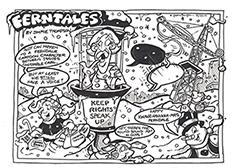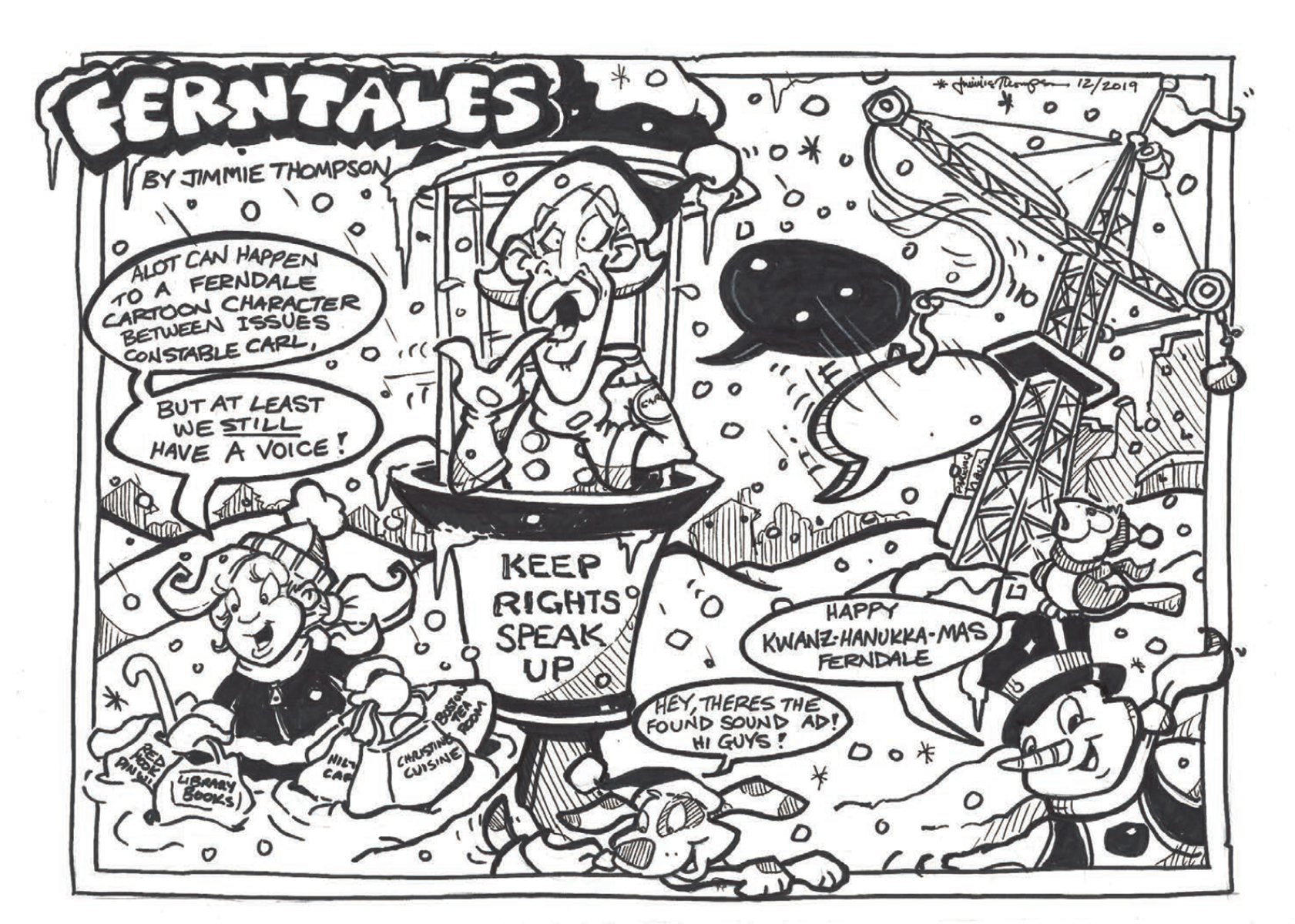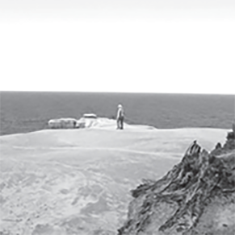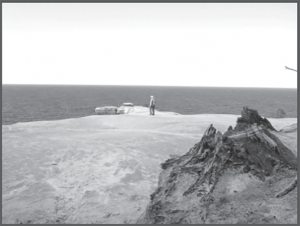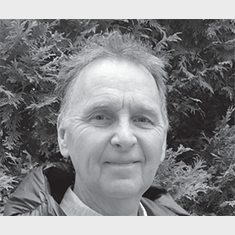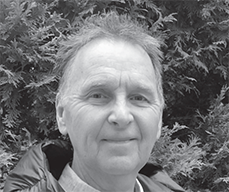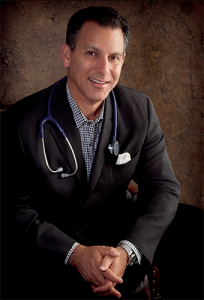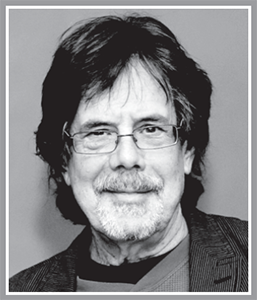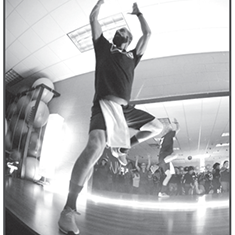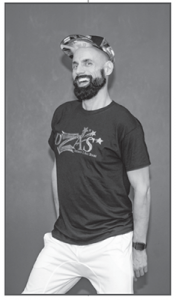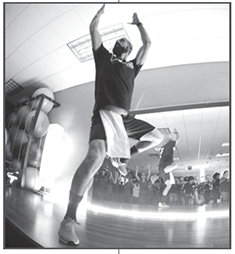By Sara E. Teller
IN JANUARY OF 2019, THE MICHIGAN SAFE DRINKING WATER ACT created new water sampling requirements to better detect possible lead in drinking water.
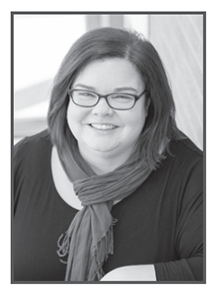 “These changes require all communities with lead service lines and older housing stock, including Ferndale, to do more sampling than we’ve done in the past,” explained Kara Sokol, City of Ferndale’s Communications Director.
“These changes require all communities with lead service lines and older housing stock, including Ferndale, to do more sampling than we’ve done in the past,” explained Kara Sokol, City of Ferndale’s Communications Director.
Before the revisions, the cities were required to test water from five properties with lead service lines each year and now 30 lines must be tested. The City of Ferndale stresses to residents this doesn’t mean the quality of the water sources has changed, only that there are stricter measures in place to detect lead in the lines. After sampling is completed, the results are sent to the Michigan Department of Environment, Great Lakes and Energy (EGLE).
Dan Antosik, Deputy Director, City of Ferndale’s Department of Public Works said, “The revisions to the lead and copper provisions of the administrative rules under the Michigan Safe Drinking Water Act, 1976 PA 399, as amended, were put in place to help better protect the public. The rule changes may have an impact on the sampling for water supplies with corrosion control as they are stricter in the sampling protocols than prior to the changes.”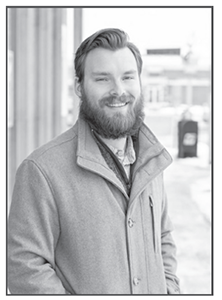
He added, “In order to identify the additional 25 properties to test, the Department of Public Works sent out a mass email to all addresses in our contact list asking for those with a lead service line for assistance. We then verified those willing to assist with the sample collection that they had a lead service line. After we finished the sampling, all sample results were submitted to EGLE for review.”
AFTER THE SAMPLES WERE SENT TO PARAGON LABORATORIES of Livonia and the results submitted to EGLE, Ferndale found 27 of the 30 properties were in compliance. Having three above EGLE’s Action Level, which the City is stressing is “not a health-based standard,” simply means more sampling must take place to determine if any further action needs to be taken.
Sokol said, “Despite this, the City of Ferndale takes the issue of lead service lines seriously. In accordance with new state rules, we’re working on a plan to identify and inventory service lines throughout the City, and by 2021 will begin replacing five percent of our lead lines per year.”
In the meantime, residents concerned about the potential of lead in their lines can have the water independently tested by submitting a sample to an approved lab. Bill Mullan, Media & Communications Officer for Oakland County Executive David Coulter, said, “If residents want to know the quality of the drinking water in their homes, Oakland County Health Division is certified to test drinking water for lead and copper.”
EGLE’s Action Level is 15 parts per billion (ppb) and, if after submitting samples to a lab, residents find their water is above this standard, they can flush out the lines for five minutes before consuming the water or install a water filtration system. Lead hardware can also be replaced with lead-free components.
Mullan said, “If there is an actionable level of lead or copper in the water, then residents should purchase a filter at any of the big box stores that indicates on the packaging both that it filters out lead and copper and has the NSF laboratory symbol on the packaging. Residents should note that the filters are designed to fit traditional faucets. Some of the modern faucet designs do not allow filters to be attached to them. In that case, they should use a filtered drinking water dispenser or pitcher.”
Several neighboring Metro Detroit cities reported that the stricter guidelines did indeed reveal levels higher than the actionable standard. “When the State of Michigan officially notifies a local community that they have actionable levels of lead or copper in their water, the community has three business days to notify their residents. Oakland County Health Division also receives notification from the state,” Mullan explained. “The Health Division then supports the city, village, or township by assisting with its messaging to residents, being available for public information meetings, and helping to distribute water filters that filter out lead and copper to households that qualify.”
NEIGHBORING HAZEL PARK’S DEPARTMENT OF PUBLIC WORKS indicated no elevated lead levels found in their lines during the stricter sampling process. This does not include independent sampling, however, and HPDPW encourages residents to check for lead exposure if there is concern, indicating, “Anyone that may have a lead service line may take simple steps to reduce exposure. Educational materials on reducing lead exposure is located on city websites.” In addition to running water at a faucet for several minutes to flush the line, residents can accomplish the same results by flushing toilets, doing laundry, running a dishwasher, or watering plants.
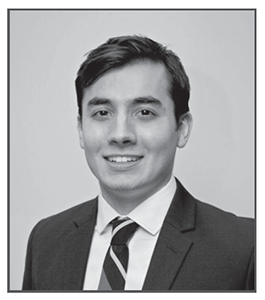 Oak Park’s sampling, on the other hand, did return some results above desirable levels. Colton Dale, the City’s Community Engagement & Development Specialist, said, “Of the 30 homes tested, ten came back as having lead levels higher than the Action Level. All 30 water customers who participated in the summer sampling pool have been notified of their results.”
Oak Park’s sampling, on the other hand, did return some results above desirable levels. Colton Dale, the City’s Community Engagement & Development Specialist, said, “Of the 30 homes tested, ten came back as having lead levels higher than the Action Level. All 30 water customers who participated in the summer sampling pool have been notified of their results.”
Dale added, “If a resident lives in a home that has been identified as having lead levels higher than the Action Level, it is recommended that they use a water filter for drinking water and look at getting all lead water service components replaced as soon as possible.”
The City is taking the findings seriously, and he added, “As an immediate measure to help those affected, we are working with them to replace their private lead water service lines later this year and into 2020. As part of a larger project, we will be keeping an ongoing list of the private lead service lines throughout the city. The City of Oak Park is committed to continue to replace these private lead service lines. We will replace these private lead service lines regardless of the lead level found in testing or if the lead level is over the Action Level of 15 parts per billion. We want to eventually get to a point where no home in Oak Park has any private lead water service components.”
Dale also noted, “The main takeaway here, in my own words, is that this is not Flint. When people hear ‘lead,’ they want to equate this to the situation in Flint. This is not Flint. The lead water issues being mitigated here are related to lead components found on the private side of the water service system. The City of Oak Park has no known public lead service lines within the water system. The issue is not large in scope and it is not city-wide.”
Oak Park is recommending that residents with additional concerns contact the Oakland County Nurse-On-Call hotline, which offers information about health and related resources. The phone number is 800-848-5533. Those interested in learning more about Oak Park’s water can review the quality report at www.bit.ly/OakParkWaterQuality.
At the County level, Mullan declared, “No level of lead in water is acceptable. Water quality is paramount to the health and quality of life of our residents. Oakland County Health Division robustly supports municipalities in educating their residents about what it means when there are actionable levels of lead or copper in the drinking water and what the next steps are.”
“In the long-run,” he said, “Oakland County would like to see sources of lead in drinking water eliminated. The long-term solution is to replace older, lead-lined pipes.”


